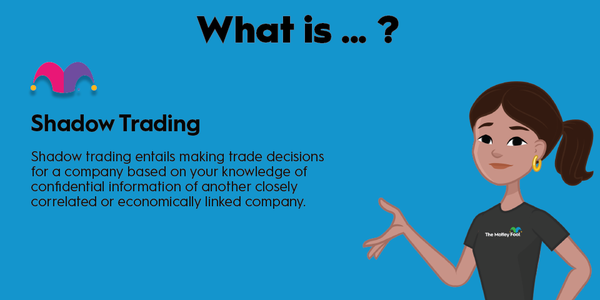SWOT analysis stands for strengths, weaknesses, opportunities, and threats. It’s a popular framework used by investors, executives, and managers for analyzing businesses and understanding their potential on multiple levels.
What is a SWOT analysis?
What is a SWOT analysis?
A SWOT analysis provides a quick way of understanding whether a business or a segment of that business has a competitive advantage, where it might be in five or 10 years, or how it can be improved.
Typically, an investor will make a grid with four squares to do a SWOT analysis and individually put strengths, weaknesses, opportunities, and threats in subsequent squares. Strengths and weaknesses show the present state of the business, and opportunities and threats focus on the future and can help guide investment decisions.
A typical strength could be strong market share, while a weakness could be low customer satisfaction. This type of analysis is often taught in business schools as a way to start examining a company. Since it doesn’t involve any high-level math or valuation considerations, just about anyone can do it, and it helps investors look at a business from multiple angles.
Like other frameworks, it works best when used in combination with other analytical tools.
What is it used for?
What is a SWOT analysis used for?
There’s a wide range of use cases for a SWOT analysis. You may be an investor deciding what stocks to buy, an entrepreneur considering different start-up ideas, a small business owner looking to buy a business, or a manager interested in improving your department or a particular product line.
You can use the SWOT analysis to get a high-level sense of whether a company or an industry looks attractive. If you’re familiar with the company in question, it shouldn’t be difficult to find at least one or two traits to add to all the squares. Similarly, you might also do a SWOT analysis as a way to fortify your company, brainstorming for any potential weaknesses or threats.
How to use it
How to use a SWOT analysis
One of the advantages of a SWOT analysis is that you can use it at multiple levels to analyze a business. You can start at a high level by analyzing a company’s corporate strategy and its overall competitive position. From there, you can take a look at individual business segments, product lines, regions, and departments. You could do this as a regular review every six months or once per year, or use it as a tool to evaluate a new investment.
The SWOT analysis may reveal that some components are stronger than others within the business. For example, Amazon’s (AMZN 3.43%) e-commerce is stronger in North America than Europe due to a variety of factors. Such an insight could lead a manager to sell off or close the underperforming parts of the business, or invest more resources in the parts of the business where opportunity lies.
Example
What is an example of a SWOT analysis?
The easiest way to understand a SWOT analysis is to look at one. Below is an example of a SWOT analysis for Apple (AAPL -0.35%).
|
Strengths - Brand loyalty - Installed base of roughly 2 billion devices - Wide operating margins - Pricing power |
Weaknesses - Almost half of sales are from iPhone - Slowing growth - Maturing market - Supply chain vulnerabilities |
|
Opportunities - New devices (mixed-reality headset) - Taking market share from - AndroidImproving iPhone - Growing services business |
Threats - App Store regulation - Future computing platforms - Competition |
Using a SWOT analysis for a company like Apple opens up more areas for discussion and debate. For example, you could analyze Apple’s pricing power and whether it’s sustainable, especially in light of some of the weaknesses and threats it faces.
Pricing Power
As the Apple example shows, you can use a SWOT analysis both internally and externally. If you were an executive, you could use the grid above as a guide to leverage your strengths and pursue opportunities while trying to neutralize weaknesses and deter threats.
For instance, investors have long been concerned that too much of the company’s revenue came from the iPhone, and Apple has taken steps to diversify over the years, including building its services business.
Related investing topics
The SWOT analysis is a tool investors and managers can use to better understand the businesses they’re looking at and make better decisions. Using the SWOT analysis can help investors find stocks that will thrive in the next bull market, focusing on those with appealing strengths and opportunities and limited weaknesses and threats.
Meanwhile, managers can use the SWOT analysis to improve their business internally, looking at each part of the business and adjusting strategy to leverage strengths and take advantage of opportunities while minimizing weaknesses and threats.
If you’re new to a company, or looking for a way to begin to understand a business, the SWOT analysis is a great way to do it.




































































































